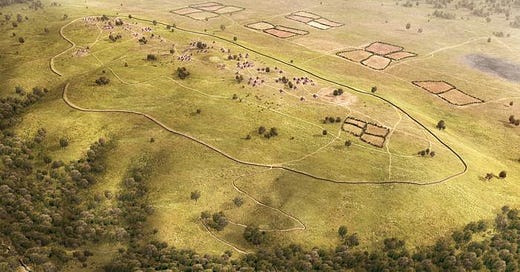The Influence of Fear on Population Dynamics in Prehistoric Europe
How Fear of Conflict May Have Shaped the Development of Early European Societies
The population growth of prehistoric Europe, particularly after the last Ice Age, was characterized by periods of rapid expansion followed by significant declines. The reasons behind these fluctuations have long puzzled researchers. A recent study1 by the Complexity Science Hub (CSH) adds new insights into the role that fear of conflict may have played i…
Keep reading with a 7-day free trial
Subscribe to Anthropology.net to keep reading this post and get 7 days of free access to the full post archives.


